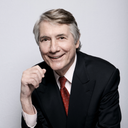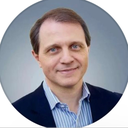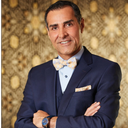Hi, I have performed many SMAS facelifts for over 30 years and have performed many minimally, invasive SMAS facelifts. Non smiling photos of the face from the front and side would help in the evaluation. The reality is, there are many different ways to perform a facelift from incision length, incision placement, level of tissue dissection (skin only, SMAS, Deep Plane, Subperiosteal), different degrees of tissue undermining, how to lift and support (imbrication versus plication of the SMAS layer), how much excess skin to trim, is excess fat going to be reduced and finally will the overall shape of the face be made more feminine or masculine (while avoiding the over pulled, windswept appearance). Price is determined by the reputation, location and experience of the Facelift Surgeon.








